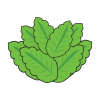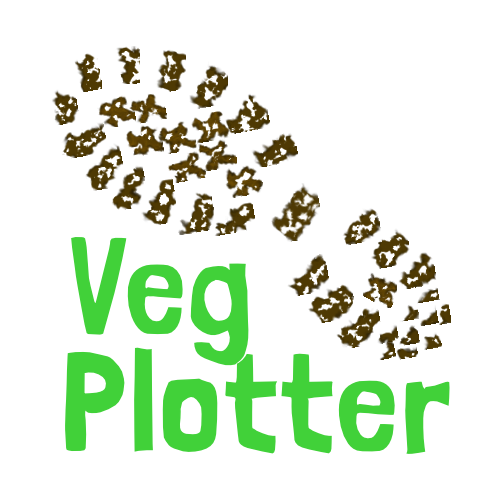Lemon balm (Melissa officinalis) is a perennial herb in the mint family (Lamiaceae), prized for its bright green, crinkled leaves and refreshing lemon scent. Native to Europe, North Africa, and West Asia, it has been cultivated for centuries for both culinary and medicinal purposes.
The plant typically grows to about 2 to 3 feet tall and produces small white or pale yellow flowers in the summer, which are attractive to bees—hence its genus name Melissa, meaning "honeybee" in Greek. Its leaves are soft, oval-shaped, and release a pleasant lemon fragrance when crushed.
Lemon balm is often used in teas, salads, and desserts, and its essential oil is a common ingredient in aromatherapy and natural skincare. Traditionally, it has been valued for its calming properties, used to reduce anxiety, promote sleep, and support digestion. It is also believed to have antiviral and antioxidant effects.
This easy-to-grow herb thrives in full sun to partial shade and prefers well-drained soil. It can spread vigorously in a garden, so it’s often grown in containers to keep it contained. Whether used fresh, dried, or as an extract, lemon balm is a versatile and aromatic addition to any herbal collection.
How To Grow
Planting Lemon Balm
-
Choose the Right Location:
Sunlight: Lemon balm thrives in full sun to partial shade. In hot climates, some afternoon shade helps prevent wilting.
Soil: Prefers well-drained, loamy soil with a pH of 6.0 to 7.5. Add compost or organic matter for best growth.
-
Planting Methods:
Seeds: Start indoors 6–8 weeks before the last frost, or sow directly outdoors after frost danger passes.
Lightly cover seeds with soil and keep moist.
Germination: 10–14 days.
Transplants or Cuttings: Easily propagated by division or stem cuttings.
Spacing: Plant 18–24 inches apart—lemon balm spreads quickly.
Caring for Lemon Balm
-
Watering:
Keep soil consistently moist, but not soggy.
Once established, lemon balm is somewhat drought-tolerant.
-
Fertilizing:
Not a heavy feeder. Use a balanced organic fertilizer or compost once in spring.
-
Pruning:
Pinch or trim regularly to promote bushy growth and prevent flowering (which reduces leaf flavor).
Cut back heavily in midsummer to encourage fresh growth.
Container Growing
Lemon balm grows well in pots:
Use a 12-inch or larger container with drainage holes.
Use quality potting mix with compost.
Water more frequently than garden-planted herbs.
Overwintering
In colder climates (USDA Zones 4–9), lemon balm dies back in winter but returns in spring.
Mulch heavily in fall to protect the roots.
In containers, either bring indoors or insulate the pot.
How/When To Harvesting
When to Harvest
Best Time: Harvest just before the plant flowers, when the leaves contain the most essential oils (usually late spring to early summer).
Ideal Size: Begin harvesting when the plant is at least 6–8 inches tall.
Time of Day: Harvest in the morning after the dew has dried—this is when the oils are most concentrated.
How to Harvest
-
For Small Batches (Light Use):
Pinch or snip off individual leaves or sprigs from the top.
Use sharp scissors or pruning shears to avoid damaging the stems.
-
For Larger Harvests:
Cut back the plant by up to two-thirds of its height.
Leave at least 4–6 inches of stem so the plant can regrow quickly.
You can do this multiple times throughout the growing season—lemon balm recovers well.
After Harvesting
-
Use Fresh:
Great in teas, salads, sauces, or as garnish.
-
Drying:
Bundle and hang upside down in a cool, dry, well-ventilated space.
Alternatively, use a dehydrator or dry on a tray indoors out of direct sunlight.
-
Freezing:
Chop and freeze in ice cube trays with water or oil for easy use later.
Harvest Regularly
Frequent harvesting encourages bushy growth and helps prevent the plant from going to seed too early.
Remove any flower buds that form to keep leaf flavour strong.


